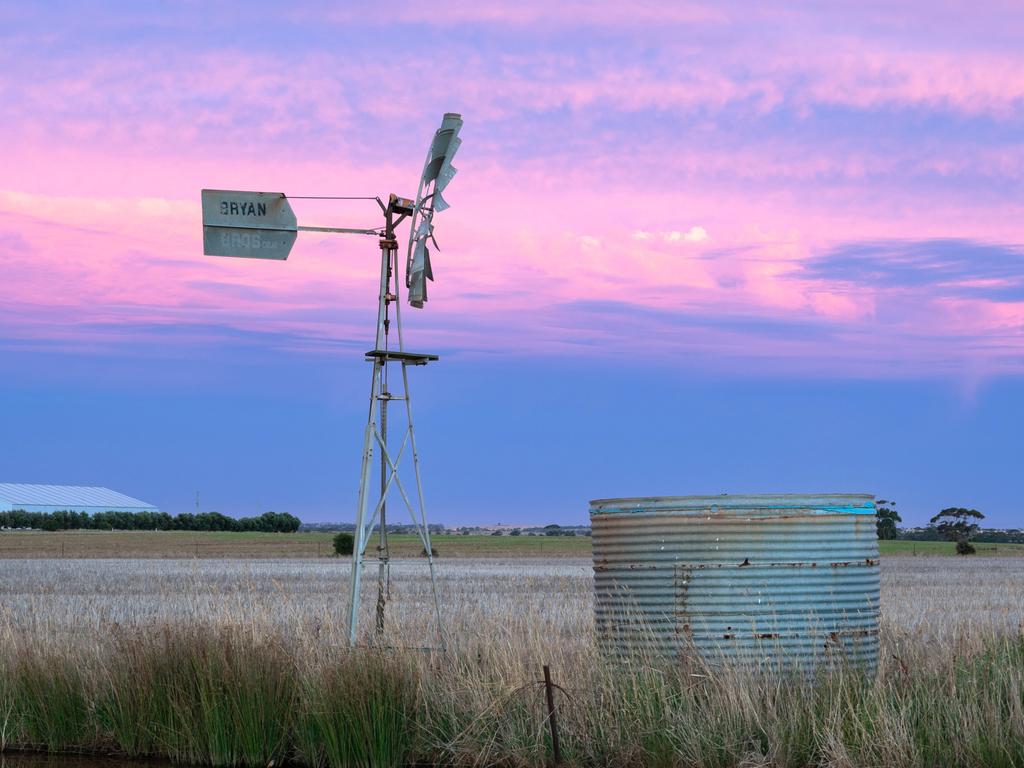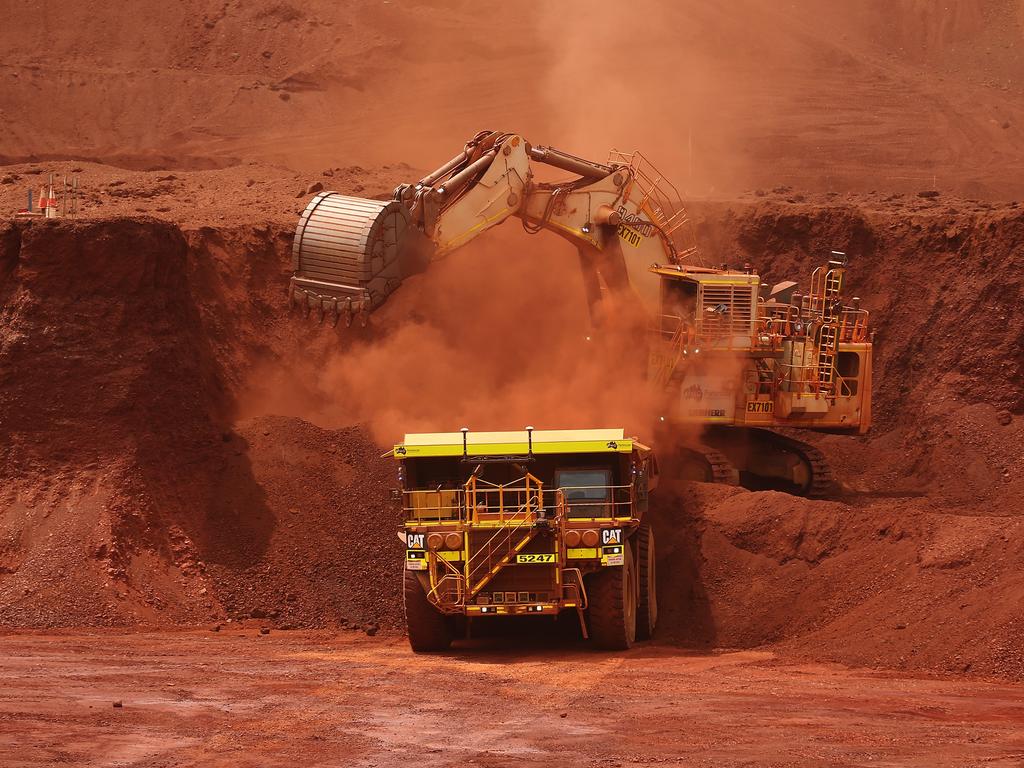Jobs and Job hubs: Australian workplaces for the 2020s
The property market has been buoyed by data showing workforce numbers are climbing.

Prior to the pandemic (and prior to all else that has transpired since early 2020), the business response was straightforward. In a just-in-time globalised world, Australian business went supermarket shopping for skills: welders from Manilla, tech workers from Bangalore, chefs from Dublin.
But with borders closed for two years, and with the ideal of globalisation now beating a hasty retreat, Australian business is having to produce new solutions.
These include digitisation, where waiters, for example, are being replaced by QR codes to place orders. And where scanning technology is used to augment – some say replace – the checkout function at supermarkets and discount department stores.
The other option for Australian business is to dig deeper into existing reserves of labour, driving down unemployment to a sub-4 per cent low.
This raises the question of where job growth and the pressures for labour have been greatest. This is important because net extra jobs in any location translates into net extra mortgage-paying capacity.
Some say the demand for property is driven by population growth. I say the property industry’s demand-driver is job growth.
Census versus survey
The best dataset tracking jobs is the census. Via the census, it is possible to track the rise and fall of 1300 occupations by geography.
The other (and related) data source is the quarterly labour force survey published by the Australian Bureau of Statistics (ABS). This includes estimates of the workforce across 430 broad occupations in a dataset that extends back to the 1980s. The census is used to calibrate these intercensal quarterly estimates.
The issue with the census is that not everyone fully or sufficiently accurately responds to questions around employment. For example, the 2016 census recorded Sydney’s workforce at 2.219 million, whereas later survey estimates placed the real figure at 2.557 million (see graphic).
The census undercounts the actual figure, which is calibrated later by ABS boffins in Canberra. Nevertheless, the census manages to capture almost 90 per cent of the (later estimated) workforce. Personally, I reckon that’s a sufficient sample size to estimate the Australian workforce.
In the graphic pictured, I show the estimated workforce (that is, people with a job) in each capital city in the month that each of last three censuses have been conducted. I also include the workforce recorded in each city at the 2011 and 2016 censuses. You can see the difference between the census-counted and the later-estimated workforces.
I have also included workforce estimates by capital city for February 2022, because, well, they’re available and I reckon you can never have too much data.
The census plays an important role in the modelling required to provide accurate intercensal estimates of the labour market.
The 5-year million-jobs trajectory
The Australian workforce stood at 13.2 million in February, up 192,000 in the six months since the 2021 census was conducted last August. We are tracking annual workforce growth of 200,000 per year.
The biggest growth in net extra jobs since the 2021 census was conducted was in Melbourne and Brisbane, both up 42,000, and in Perth, up 36,000.
Australia’s biggest single job market, Sydney, added 27,000 net extra jobs between last August and February.
The number of jobs in Darwin and the ACT (both dominated by the public sector) contracted over this period.
In percentage terms, it is Brisbane (up 3.6 per cent), Perth (up 3.3 per cent) and Adelaide (up 1.9 per cent) that are leading the recovery.
In comparison, workforce growth in Sydney (1 per cent), and to a lesser extent Melbourne (1.6 per cent), was more modest over this period. Or perhaps it’s that our biggest cities have been least able to attract, or find, net new workers for the kinds of jobs that are available.
Between 2011 and 2016, a period that included the collapse of the mining boom, the Australian workforce increased by 800,000, or by 160,000 per year. Over the following five-year period, 2016-2021, including one year and one quarter of the pandemic, the net increase was 1.064 million jobs, or 213,000 jobs per year.
Without a pandemic, or the collapse of a mining boom, and with a return to high levels of immigration and the willing accommodation of seasonal/backpacker workers, and with continued low rates of unemployment, it may be possible to add another million-plus workers over the five years to 2026.
In fact, with back-of-the-envelope numbers like this, politicians could reasonably say “we’re going to create a million jobs over the next five years”, knowing that these numbers are kinda baked into the market. And the February job figures suggest that we are on the five-year million-jobs trajectory right now.
If Australia is on this jobs-and-growth trajectory then there needs to be sufficient depth in the young worker cohorts – say, aged 15-24 – to offset workforce diminution caused by the retirement of older worker cohorts – say, aged 55-64.
And if there’s not sufficient depth in these cohorts specifically then we need more local and/or imported skills, more digital transformation, more automation, and greater workforce participation.
Workplace destinations on the rise
So where will these net new jobs be added to the Australian economy?
One argument is that workers will increasingly work from home post-pandemic. And to some extent I agree; I think this proportion will lift off a long-term average of 5 per cent to a 2020s post-Covid average of 15 per cent.
But this still leaves 85 per cent of the growing workforce requiring property accommodation to perform their work duties.
This is where the five-yearly censuses really add value to the property industry. Jobs numbers and job growth between the censuses can be estimated by workplace destination. This dataset shows where most jobs are located and where job growth has been greatest.
The downside is that, at best, the census captures, say, 90 per cent of the jobs market, and data at this level from the 2021 census will not be released until November.
Nevertheless, the trends, the momentum, the underlying forces evident in previous censuses tell a compelling property (and investment) story.
The biggest single workplace destination on the Australian continent is the Sydney CBD, including The Rocks and The Haymarket which recorded 321,000 jobs at the 2016 census, up 69,000 jobs from the 2011 census. This was followed by the Melbourne CBD (central grid) with 221,000 jobs, and with five-year growth of 35,000 jobs (see graphic).
Generally, the next largest concentration of jobs, and of job growth, abuts the CBD, creating a spillover effect. In Sydney, these job-centre adjacencies include North Sydney, Surry Hills and Ultimo. In Melbourne, the spillover drives job growth in Docklands, Southbank and Richmond.
But what I find fascinating isn’t so much the CBD and its neighbouring jobs clusters, it’s the rise of job centres in the suburbs. Outside the Sydney CBD, the biggest job clusters in Sydney (at the last census) included Parramatta with 50,000 jobs, Macquarie Park with 49,000 jobs, and Homebush with 27,000 jobs.
In Melbourne, Dandenong beats Docklands as a job destination with 66,000 jobs compared with 56,000. Outside the city centre and Dandenong, Melbourne’s next biggest job cluster is Clayton with 33,000 jobs.
Brisbane bucks the trend. The CBD has most jobs (127,000) but the airport precinct (including adjacent industrial land) offers the same number of jobs as the CBD abutment of South Brisbane (28,000).
Perth kinda follows the Brisbane model. The CBD is the strongest job market (137,000), followed by the Subiaco adjacency (25,000), but Perth’s airport precinct is ratcheting up the job-cluster ranking with 19,000 jobs.
Adelaide is a mix of everything. The CBD dominates with 108,000 jobs, followed by the industrial precinct known as The Parks (19,000), and then comes Plympton (15,000), which is again an airport precinct.
When viewed from a high altitude, the patterns become clearer. Sydney is a multi-nucleated city with job hubs scattered between the CBD and Parramatta. Sydney’s a bit like London in this regard. Melbourne is a fried-egg city with a rich creamy job yolk centred on the CBD and its spillage precincts, but with emerging, specialist, logistics and manufacturing facilities popping up in Dandenong. Amazon Australia built its first fulfilment centre in Dandenong, and baby formula manufacturer Bubs Australia is based there too.
A third Melbourne job focus is emerging in Clayton, no doubt piston-driven by Monash University and by the research activities associated with the Synchrotron.
In the smaller capitals, the airport precinct is clearly an important driver of jobs. Not just within the airport, but within what might be termed expanding airport adjacencies. This applies to Perth, Adelaide and Brisbane.
Australia is in the midst of a skills shortage. But the strength of the local job market suggests this will serve as yet another driver for the property industry.
The irony is that this will in turn drive demand for more workers with more skills to build workplace accommodation for the existing workforce. In some respects, it’s a good problem to have but it does need to be better and actively managed.
Bernard Salt is executive director of The Demographics Group; research and graphics by Hari Hara Priya Kannan






It is the stuff that drives the economy, that underpins the property market, that delivers our way of life. It is jobs. A month into the pandemic and job losses reigned supreme. Two years later, and it’s raining jobs. Business needs more workers with more skills in deeper labour pools positioned in the right quantities across the Australian continent. Simple.